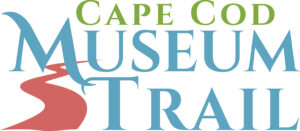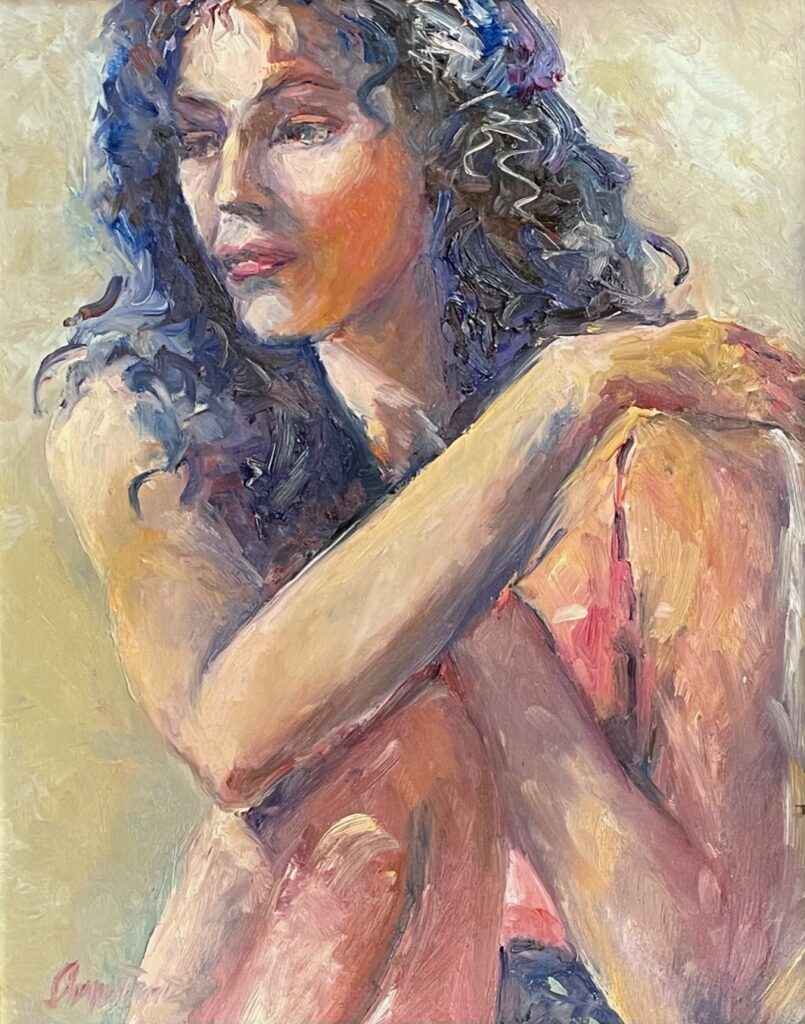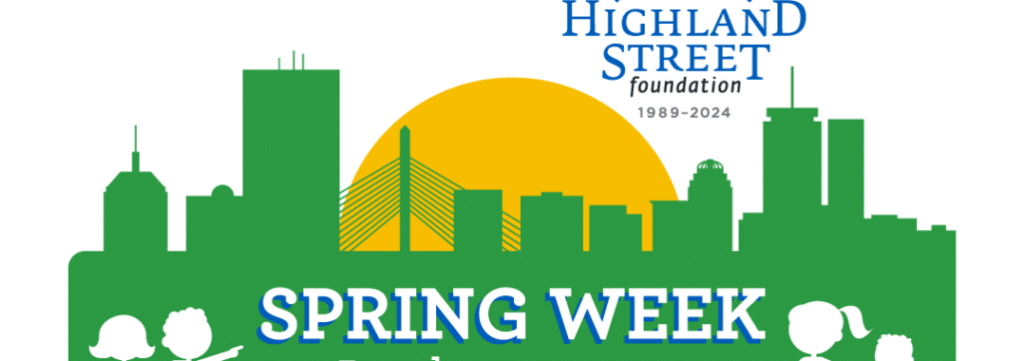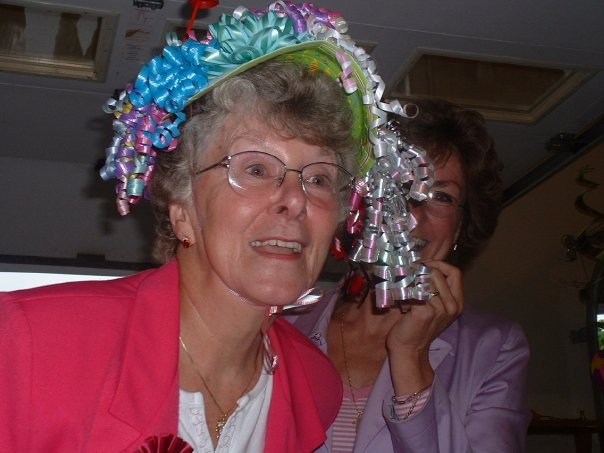
- This event has passed.
Stephen Pace in Provincetown – Opening Reception
July 12, 2019 @ 8:00 pm - 10:00 pm
Born in Charleston, Missouri, Stephen Pace (1918-2010) was raised on farms in Missouri and Indiana. At seventeen he received his first formal art training from WPA artist and illustrator, Robert Lahr. During World War II, Pace served in the US Army in England and France where he continued honing his skills painting local landscapes and scenes of combat.
After the war, he studied art on the G.I. Bill, at the Instituto Allende in San Miguel Allende, Mexico. While in Mexico, he met and began an influential, lifelong friendship with Milton Avery. Pace moved to New York in 1947, studying first at the Art Students League and subsequently with Hans Hofmann in New York and Provincetown.
He felt an immediate affinity with Hofmann and, in a 1959 Look Magazine article, Hofmann in turn called Pace one of his most talented pupils. Noted art critic Thomas B. Hess referred to Pace as a “brilliant member of the second generation of New York School painters that burst on the scene, in the early 1950s, fully made, as if from the forehead of the Statue of Liberty.”
Early in the 1960s, Pace turned from abstraction to representational painting. His new style was characterized by remnants of his Abstract Expressionist brushwork–broad and bold planes of color with large areas of negative space–resulting in lively Post-Impressionist scenes inspired by everyday life. Pace continued to create and paint in this manner for the next fifty years.
Stephen Pace in Provincetown will feature oil paintings and watercolors representing both his abstract and figurative styles, including works from the years Pace exhibited at HCE Gallery in Provincetown, his later years in New York and Stonington, Maine, and paintings in PAAM’s permanent collection.
Throughout his long career, Pace exhibited in scores of solo museum and gallery shows. He took part in historic exhibitions at the Stable and Tanager galleries and in important group shows, including annuals at the Carnegie Museum of Art, Pittsburgh, Pennsylvania; the Corcoran Gallery of Art, Washington, DC; the Museum of Modern Art, New York; and the Whitney Museum of American Art, New York. His works are in most major museum collections across the country.



